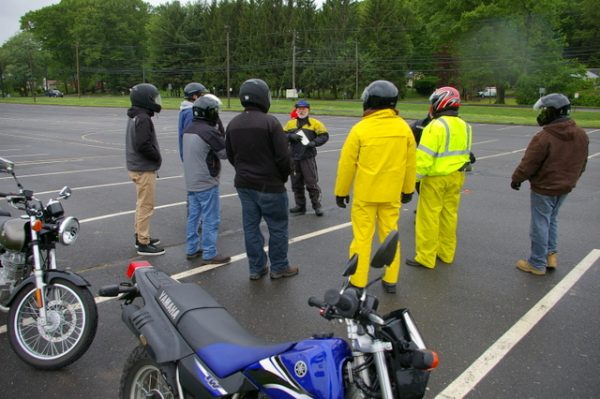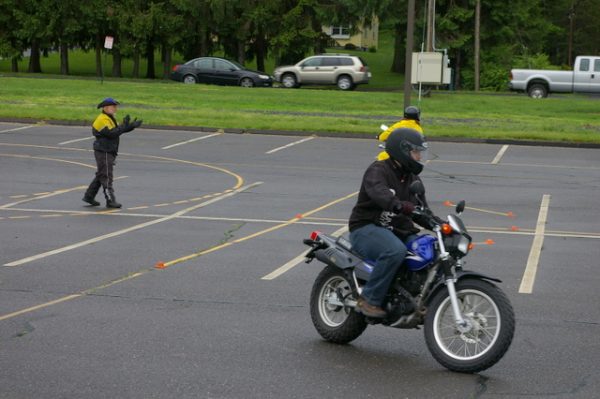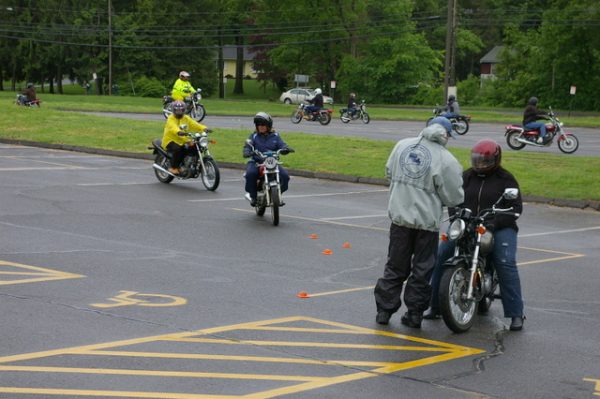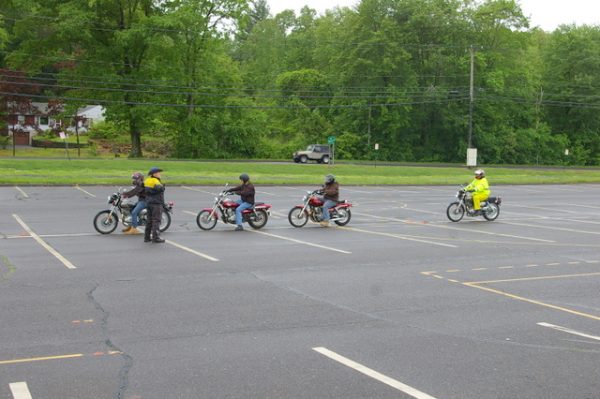Heading into the colder season many people begin thinking about the next riding season. This includes entry riders who are  considering their first motorcycle. Some have some prior riding experience with dirt motorcycles or ATVs, but many have never ridden a motorcycle before. Here are some tips to help set your expectations and point you in the right direction:
considering their first motorcycle. Some have some prior riding experience with dirt motorcycles or ATVs, but many have never ridden a motorcycle before. Here are some tips to help set your expectations and point you in the right direction:
Most, if not all, states require a motorcycle specific endorsement to the driver license to operate a motorcycle. Statistics continue to show that unlicensed riders are more likely to be involved in a crash. Studies have shown that attitude matters; that riders who take it seriously enough to get licensed, ride sober and take steps to improve 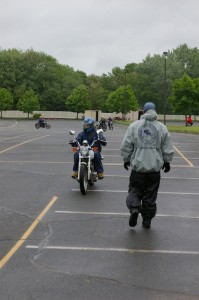 their skills tend to fare better in the long run.
their skills tend to fare better in the long run.
Taking an approved motorcycle safety course is mandatory in Connecticut to obtain a motorcycle endorsement. Hence, the D.M.V. does not conduct motorcycle road tests any more. In most other states, successful completion of an approved course will bypass the need to take a D.M.V. road test.
These courses are offered in most states in the northeast and are a great way to learn how to ride. It’s a whole lot less stressful all-around to take instruction from a professional than having a friend, spouse or parents do the teaching. There are no worries about dropping your own bike when you can use one provided by the course.
Many insurance companies give discounts to motorcycle safety course graduates, beginner or experienced. In Connecticut there is a required minimum 10% discount for completing a safety course. If you belong to a motorcycle clubs like HOG, ROK or GWRRA, inquire if the club offers incentives or reimbursements for passing a rider safety course.
Beginner-course curriculums are designed for the complete novice – someone who has never tossed a leg over a bike. It’s a really good idea that the student be able to proficiently balance and ride a bicycle. (This may be a requirement at some course providers and, if not, it should be). Be prepared and in good physical shape to push a motorcycle and spend the required time on the bikes outdoors.
At a minimum, you need to provide your own over-the-ankle leather shoes/boots, long pants, long sleeve shirt, full fingered leather gloves, eye protection and a DOT helmet. If you do not have a helmet, many course providers will have loaners available. While on the subject, courses run in the rain, shine, heat and cold; be prepared by having proper gear to match the weather. It is a good idea to bring plenty of water, especially during warmer weather. Having a snack is not a bad idea, too.
Connecticut (and maybe other states) has a course available for riders presently riding their own bike on a permit. This intermediate course is taken on your own street legal motorcycle and meets the requirement for the mandatory safety course to get your endorsement. It is a one-day course instead of a weekend and has a lower fee. Riders should be acclimated to their motorcycle and have sufficient skill to ride it to and throughout the course.
Licensed riders have the option to take courses designed for experienced riders to take on their own motorcycles. Connecticut offers the Experienced Rider Course (ERC) and Advanced Rider Course (ARC). The ERC is a one-day course consisting of nine on-cycle exercises and brief discussions during breaks. Riding the exercises with a passenger is an option in the ERC.
In addition to eight on-cycle exercises, the ARC has a 3.5 hour classroom portion that provides rider development in the areas of risk management, decision-making, riding strategies, and rider behavior and choices. Passengers are not allowed in the ARC.
If you are a Connecticut resident, you can find motorcycle safety course information and location of training sites on the website. For motorcycle safety programs in other states, check the MSF website.
 Ride CT & Ride New England Serving New England, NYC and The Hudson Valley!
Ride CT & Ride New England Serving New England, NYC and The Hudson Valley!


